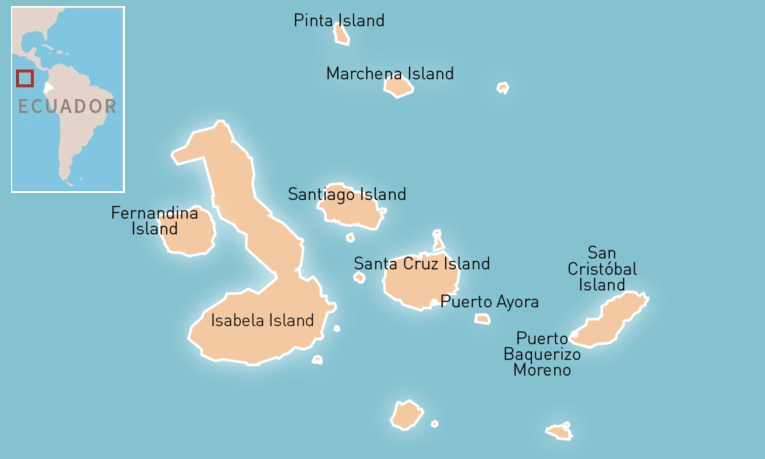A tusker with arguably the longest tusks, which is rarely found in Asiatic elephants, at the Kabini backwaters is dead.
Reference
Tribal residents of 50 villages in Chhattisgarh have filed an FIR against an official of the state forest department after he confiscated the tendu leaves that they had collected.
Other minor forest produces that are collected and sold by tribals are Mahua, Salbeej or the seeds of the Sal tree (Shorea robusta) and Chironji or Almondette kernels (Buchanania lanzan).
Reference
The International Military Council on Climate and Security (IMCCS) has released a report on the need to decarbonise defence agencies across the world.
Reference
Thailand becomes first Asian country to legalise the growing of Marijuana and its consumption in food and drinks, but smoking pot is still against the law.
Reference
A giant tortoise, found alive in 2019, has been confirmed to belong to the Fernandina Island Galápagos species long believed extinct.

Reference